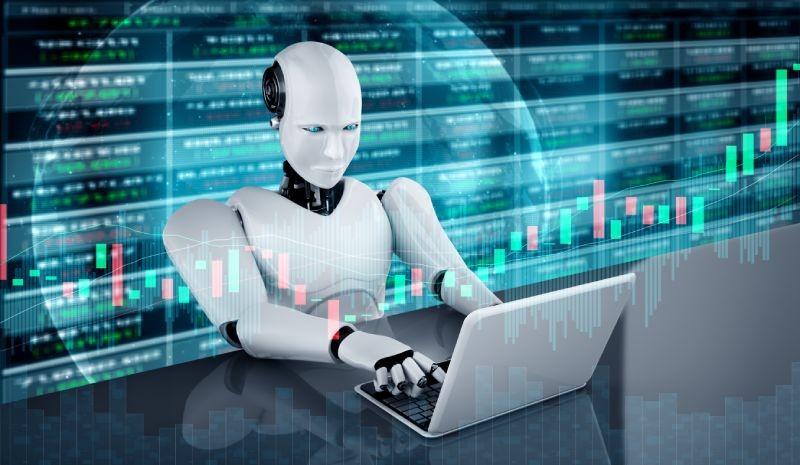Deconstructing the Impressive 11.92% Growth of the Algorithm Trading CAGR

A market's Compound Annual Growth Rate (CAGR) is a vital metric that reveals its underlying momentum, and the projected Algorithm Trading CAGR indicates a period of strong, consistent, and sustainable expansion. For a market that is already the dominant force in the global financial system, a double-digit CAGR of 11.92% is exceptionally robust. It signifies that the automation of trading is not just a mature trend but is a continuously evolving and expanding one. This powerful growth rate is a clear signal that the quest for greater speed, efficiency, and intelligence in the financial markets is a relentless and ongoing process. It reflects the deep and growing need for sophisticated technological tools to navigate the increasing complexity and data-intensity of modern electronic markets.
The economic engine behind this financial technology revolution is a formidable compound annual growth rate of 11.92%. This powerful rate of expansion is the force that will drive the Algorithm Trading Market towards its projected USD 62.19 billion valuation by the year 2035. This impressive, sustained growth, forecasted over the 2025-2035 period, is a direct result of the clear and compelling advantages that algorithmic trading provides. The ability to achieve better execution prices, to reduce market impact, and to remove human error and emotion from the trading process delivers a powerful and quantifiable edge. This foundation of proven performance is the primary force fueling the market's strong and consistent upward trajectory and justifying the massive and ongoing investment in trading technology.
Several key drivers are responsible for fueling this impressive and consistent growth rate. A primary factor is the increasing electronification of financial markets around the world. As more and more asset classes move from being traded in a physical pit or over the phone to being traded on electronic platforms, the opportunity and the necessity for using algorithms to interact with these markets grows. Another major driver is the explosion of data in the financial world. The availability of vast amounts of real-time and historical market data, as well as alternative datasets from sources like social media and satellite imagery, provides the essential fuel for the sophisticated quantitative and AI-based trading models that are at the cutting edge of the industry.
Looking forward, the 11.92% CAGR is expected to be maintained by the broadening of algorithmic trading's reach and the increasing sophistication of the algorithms themselves. The adoption of algorithmic trading is growing rapidly on the "buy-side," with more asset managers and hedge funds using these tools for their own proprietary trading. The technology is also expanding its footprint into less liquid and more complex asset classes. Furthermore, the continuous and rapid advancements in artificial intelligence and machine learning are enabling the creation of ever-smarter and more adaptive trading algorithms, which in turn creates a continuous need for firms to invest in the latest technology to stay competitive, ensuring the market remains on its strong growth path.
Explore Our Latest Trending Reports:
- Art
- Causes
- Crafts
- Dance
- Drinks
- Film
- Fitness
- Food
- Games
- Gardening
- Health
- Home
- Literature
- Music
- Networking
- Other
- Party
- Religion
- Shopping
- Sports
- Theater
- Wellness
